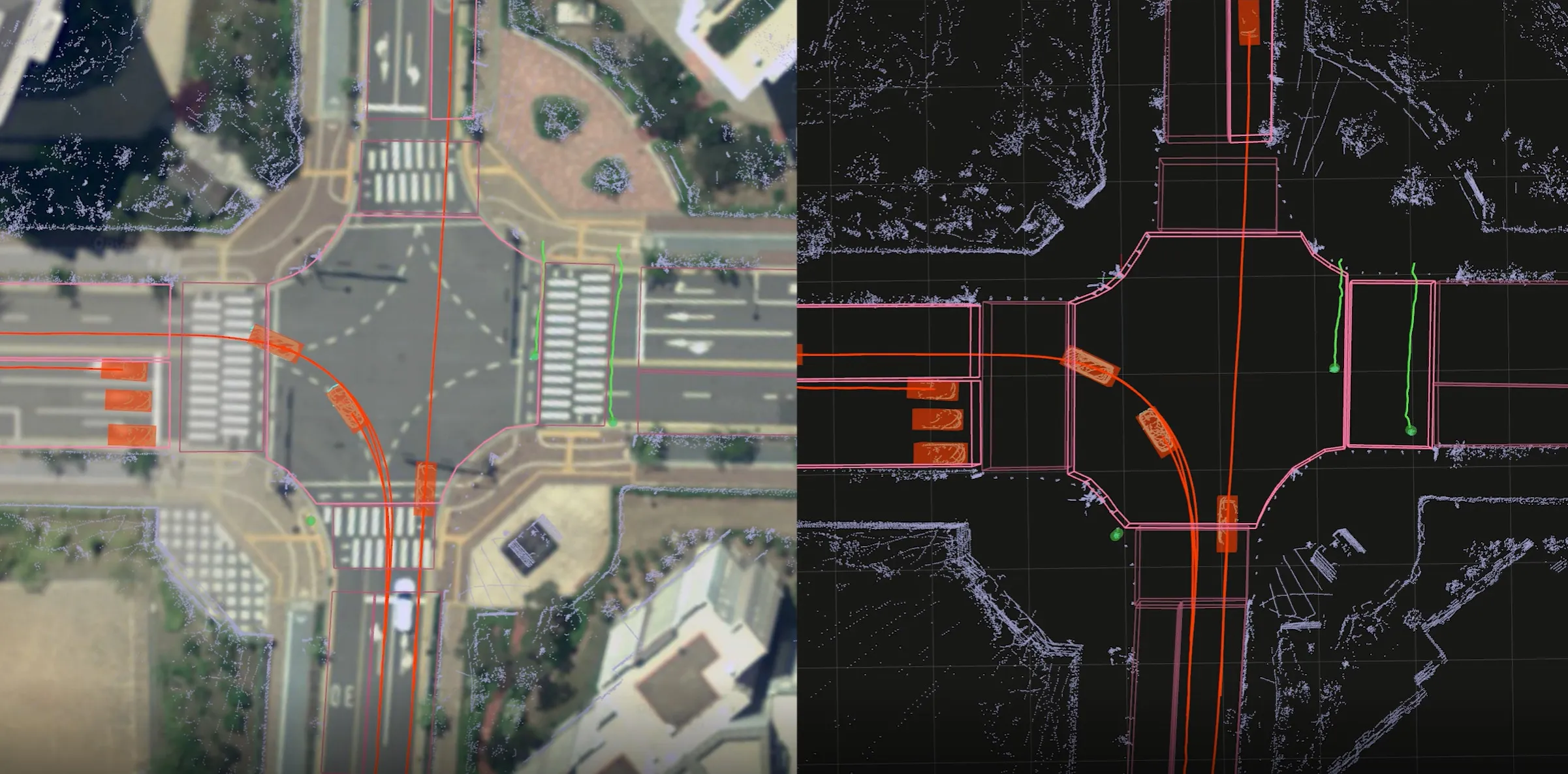US-based detection technology company Aldis has received UK Highways Agency approval for its 3D vision-based vehicle and pedestrian detection system with tracking for traffic signal control and data collection.
Aldis GridSmart replaces in-road detection technology with a single, static 3D camera at signal controlled junctions. The system can also be used for multi-directional traffic surveys, including complex turning movements and vehicle classification, as well as pedestrian detection and counting.
October 21, 2013
Read time: 2 mins
US-based detection technology company 290 Aldis has received 1841 UK Highways Agency approval for its 3D vision-based vehicle and pedestrian detection system with tracking for traffic signal control and data collection.
Aldis GridSmart replaces in-road detection technology with a single, static 3D camera at signal controlled junctions. The system can also be used for multi-directional traffic surveys, including complex turning movements and vehicle classification, as well as pedestrian detection and counting.
The company says the ITS and traffic management benefits are numerous and create a virtually maintenance free, value for money option to loop detection, compatible with SCATS, SCOOT or other ITS controllers if required.
Bill Malkes, CEO of Aldis Corporation, said, “The rigorous trialling and testing which GridSmart has been subjected to has proved its pedigree beyond doubt to be the most proficient and ‘value for the money’ detection solution on the market today. I am pleased that such an important body as the UK Highways Agency has approved my team’s pioneering work on GridSmart.”
Aldis GridSmart replaces in-road detection technology with a single, static 3D camera at signal controlled junctions. The system can also be used for multi-directional traffic surveys, including complex turning movements and vehicle classification, as well as pedestrian detection and counting.
The company says the ITS and traffic management benefits are numerous and create a virtually maintenance free, value for money option to loop detection, compatible with SCATS, SCOOT or other ITS controllers if required.
Bill Malkes, CEO of Aldis Corporation, said, “The rigorous trialling and testing which GridSmart has been subjected to has proved its pedigree beyond doubt to be the most proficient and ‘value for the money’ detection solution on the market today. I am pleased that such an important body as the UK Highways Agency has approved my team’s pioneering work on GridSmart.”









